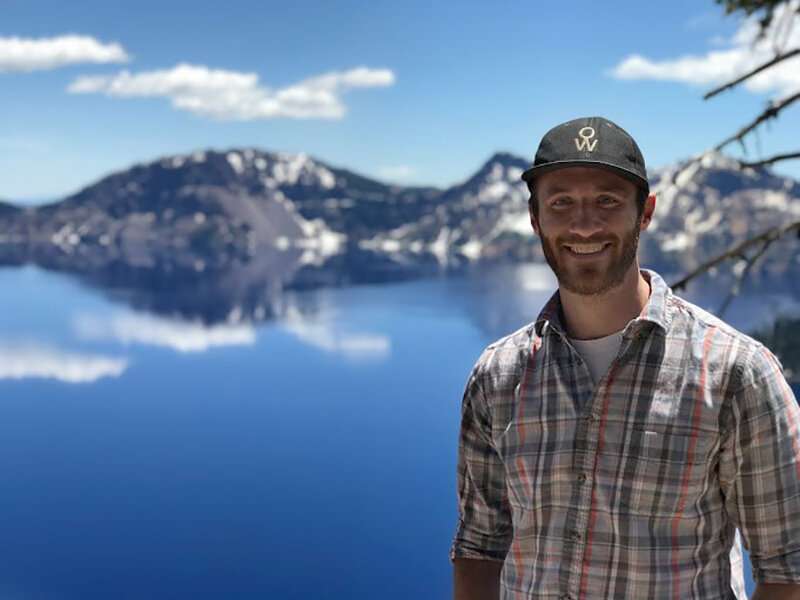Volcano research leads to better understanding of their deep structure

The deep structure of volcanoes has proven difficult for geoscientists to understand due to the inherent difficulty of seeing below the Earth's surface. To get a more holistic understanding of volcanoes and their subsurface structure, a team of researchers from multiple disciplines, including Jonathan Delph of Purdue University's Department of Earth, Atmospheric, and Planetary Sciences, combined their expertise to better understand how their datasets can be interpreted in light of the others.
Various geoscientific disciplines can use methods that can provide insight into the deep-seated structure and processes that take place below a volcano. For instance, seismologists can analyze how seismic waves change speed or lose energy below a volcano, geochemists can investigate the geochemical variations in volcanic eruptive products and field geologists can examine the lithological characteristics of extinct volcanic systems that have been uplifted and exposed at the surface to analogous active volcanoes. However, these different analyses often lead to different conceptual ideas about the subsurface "plumbing" systems that feed volcanism.
This study first outlines the conceptual models that have been developed for volcanic systems based on various individual disciplines, outlining the geophysical and geochemical characteristics of active magmatic systems, and field studies of exposed and extinct magmatic systems. From this conceptual framework, the authors then investigate a very volcanically active region in the Central Andes of South America as a case study to demonstrate how the seemingly contradictory models from the different disciplines of subvolcanic structure can be reconciled.
More information: Jonathan R. Delph et al, The Architecture of the Southern Puna Magmatic System: Integrating Seismic and Petrologic Observations With Geochemical Modeling, Journal of Geophysical Research: Solid Earth (2021). DOI: 10.1029/2020JB021550
Journal information: Journal of Geophysical Research: Solid Earth
Provided by Purdue University




















